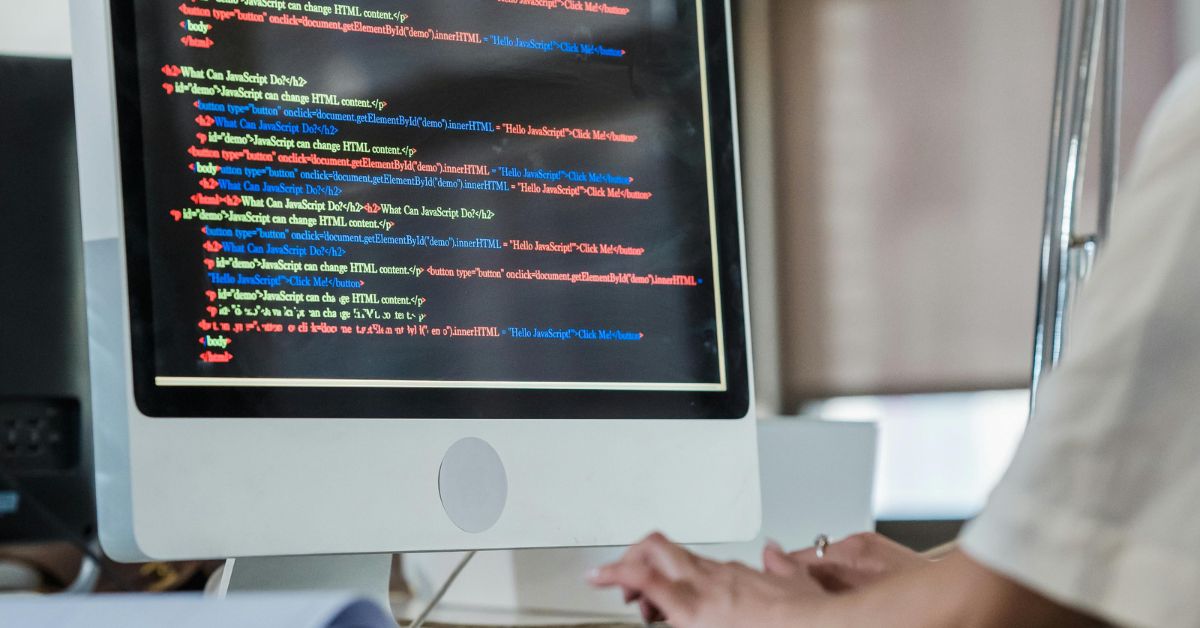Information Technology (IT) is powering the future of transportation by creating a smarter, more efficient, and interconnected ecosystem through real-time data analytics, artificial intelligence (AI), and the Internet of Things (IoT).
As of September 9, 2025, IT is no longer just a background system for ticketing or logistics; it is the central nervous system of the entire transportation network. For a bustling urban area like Rawalpindi-Islamabad, these technologies are the key to solving long-standing challenges like traffic congestion and are paving the way for a new era of mobility.
1. The Intelligent Traffic Network
The biggest impact of IT is in making our existing road networks “smart.”
- The Old Way: Traffic management was reactive, relying on fixed-timer traffic lights and manual intervention by traffic police.
- The IT-Powered Future: Smart cities are deploying a network of IoT sensors and cameras that collect real-time data on traffic flow. This data is fed into a central AI-powered platform that can:
- Dynamically Adjust Traffic Lights: The system can analyze traffic flow and automatically adjust the timing of traffic signals to reduce congestion and keep traffic moving smoothly.
- Predictive Traffic Management: By analyzing historical data, the system can predict where and when traffic jams are likely to occur and proactively reroute traffic or adjust signal timings to prevent them.
- Smart Parking: Mobile apps, fed by data from sensors in parking lots, can guide drivers directly to available parking spaces, reducing the cruising and congestion caused by drivers searching for a spot.
2. The Rise of the Connected and Autonomous Vehicle
IT is transforming the car itself from a simple mechanical machine into a sophisticated, connected computer on wheels.
- The Connected Car: Modern vehicles are equipped with 5G connectivity, allowing them to communicate with each other and with the surrounding infrastructure (Vehicle-to-Everything or V2X communication). This enables real-time warnings about accidents, road hazards, or traffic conditions ahead.
- The Autonomous Vehicle: Self-driving cars are powered by an incredible amount of onboard IT, including powerful AI processors, LiDAR, radar, and cameras. These systems are what allow the vehicle to “see” the world and make complex, real-time driving decisions.
3. Mobility as a Service (MaaS): The End of Ownership?
IT has enabled a major shift in how we think about personal transportation, moving from a model of individual car ownership to one of on-demand mobility.
- The Old Way: The primary option for personal transport was owning your own car.
- The IT-Powered Future:Mobility as a Service (MaaS) platforms, delivered via mobile apps, are integrating various forms of transportation into a single, seamless service.
- The Impact in Pakistan: Apps like Careem, InDrive, and the Rawalpindi-Islamabad Metro Bus app have already revolutionized urban mobility. A MaaS platform of the future will integrate these services, allowing a user to plan and pay for a single journey that might involve a ride-sharing service to a metro station, the bus journey itself, and an e-scooter for the final leg.
4. Revolutionizing Logistics and Supply Chains
IT is the backbone of the modern logistics industry, making the movement of goods faster, more visible, and more efficient.
- The Old Way: Tracking a shipment was a slow, manual process.
- The IT-Powered Future:
- Real-Time Fleet Management: Logistics companies use GPS and IoT sensors to track their entire fleet of trucks in real-time, optimizing routes to save fuel and reduce delivery times.
- Automated Warehousing: Modern warehouses are run by robotic systems that can sort, pick, and pack goods with incredible speed and accuracy.
